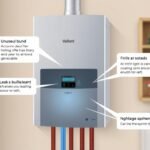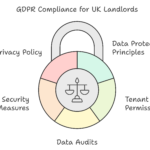Start of Tenancy Checklist
As a landlord in the UK, navigating the start of a new tenancy can be overwhelming. From legal requirements to practical considerations, there are numerous tasks to juggle. This ultimate start of tenancy checklist will guide you through the essential steps, helping you ensure a smooth, compliant, and successful tenancy from the outset.
1. Tenant Referencing: Protect Your Investment
Thorough tenant referencing is one of the most critical steps in the start of tenancy process. By carefully vetting potential tenants, you can minimize the risk of rent arrears, property damage, and other tenancy issues. A comprehensive tenant referencing process should include:
- Credit checks: Evaluate the tenant’s financial responsibility and ability to pay rent on time.
- Employment verification: Confirm the tenant’s income and employment stability.
- Previous landlord references: Gain insight into the tenant’s rental history and behavior.
Consider using a professional tenant referencing service. These services can save you time and provide peace of mind, knowing that your prospective tenant has been fully vetted.
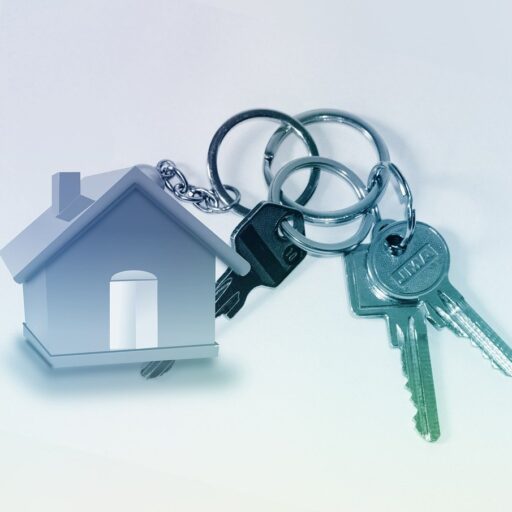
2. Right to Rent Checks: Comply with Immigration Laws
As a landlord in England, you have a legal obligation to conduct Right to Rent checks on all adult tenants before the start of the tenancy. This involves verifying that the tenant has the legal right to rent property in the UK. Acceptable documents for proving Right to Rent include:
- UK passport
- EU/EEA passport or identity card
- Home Office-issued documents, such as a Biometric Residence Permit
Failure to carry out Right to Rent checks can result in hefty fines and even criminal charges, so it’s crucial to comply with this requirement. Be sure to keep records of the checks you’ve conducted, including copies of the documents provided. For the most up-to-date guidance, refer to the government’s Right to Rent documentation.
3. Tenancy Agreement: Set Clear Expectations
The tenancy agreement is the legal contract between you and your tenant, setting out the terms and conditions of the tenancy. A well-drafted agreement should clearly outline:
- Rent amount and payment schedule
- Deposit amount and protection scheme details
- Tenancy start and end dates
- Tenant and landlord obligations and responsibilities
Using a professionally prepared tenancy agreement template, like those available from Legal Path, can ensure that your agreement is comprehensive, legally compliant, and tailored to your specific needs. Be sure to review the agreement with your tenant and provide them with a signed copy for their records.
4. Deposit Protection: Safeguard Your Tenant’s Money
If you collect a security deposit from your tenant, you’re legally required to protect it in a government-approved tenancy deposit protection scheme within 30 days of receipt. In England and Wales, the three approved schemes are:
- Deposit Protection Service (DPS)
- MyDeposits
- Tenancy Deposit Scheme (TDS)
Failure to protect the deposit can result in legal penalties, including fines and the inability to serve a valid Section 21 notice for eviction. Once you’ve protected the deposit, provide your tenant with the prescribed information, including details of the scheme and how to claim their deposit back at the end of the tenancy.
5. Energy Performance Certificate (EPC): Promote Energy Efficiency
Before marketing your rental property or starting a new tenancy, you must obtain a valid Energy Performance Certificate (EPC). This certificate assesses the energy efficiency of your property and provides recommendations for improvement. As of April 2020, your rental property must have a minimum EPC rating of E, unless it’s exempt.
To get an EPC, you’ll need to hire an accredited assessor, who will visit your property and evaluate its energy performance. You can find a qualified assessor through the official EPC register website. Once you have your EPC, be sure to provide a copy to your tenant at the start of the tenancy.
6. Gas Safety: Ensure Appliance Safety
If your rental property has any gas appliances, such as a boiler or stove, you’re legally required to have them inspected and certified by a Gas Safe registered engineer every 12 months. This annual gas safety check ensures that the appliances are operating safely and efficiently, minimizing the risk of gas leaks, fires, and carbon monoxide poisoning.
After each check, the engineer will provide you with a Gas Safety Certificate (CP12), which you must give to your tenant before they move in and within 28 days of each subsequent check. Keep records of these checks for at least two years. To find a qualified engineer, visit the Gas Safe Register website.
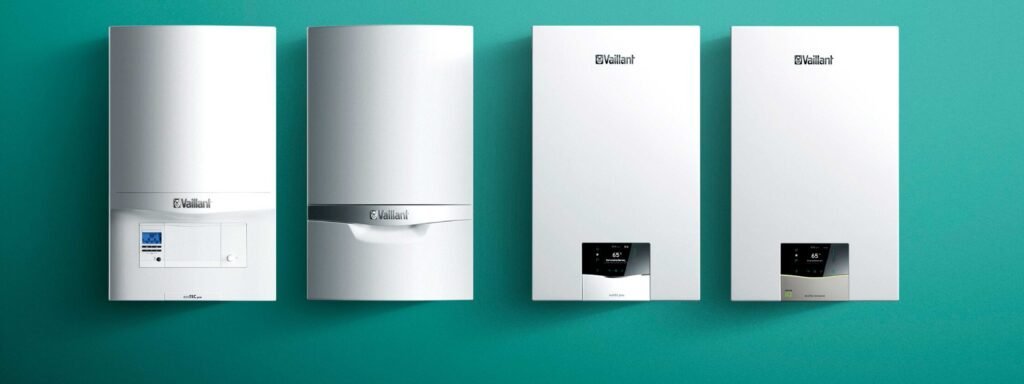
7. Electrical Safety: Comply with Regulations
As a landlord, you have a duty to ensure that the electrical installations and appliances in your rental property are safe. This involves:
- Conducting an Electrical Installation Condition Report (EICR) every five years, or more frequently if recommended by the electrician
- Ensuring all electrical appliances are safe and have passed a Portable Appliance Test (PAT)
The EICR must be carried out by a qualified electrician, who will inspect the property’s wiring, sockets, and other fixed electrical installations. Any appliances you provide, such as a fridge or washing machine, should be PAT tested annually. Provide your tenant with copies of the EICR and PAT certificates at the start of the tenancy.
8. Smoke and Carbon Monoxide Detectors: Protect Your Tenant’s Safety
To comply with the Smoke and Carbon Monoxide Alarm (England) Regulations 2015, you must install:
- At least one smoke alarm on every floor of your rental property used as living accommodation
- A carbon monoxide detector in any room with a solid fuel-burning appliance, such as a coal fire or wood-burning stove
You’re responsible for ensuring these alarms are in working order at the start of each tenancy. It’s a good idea to regularly test the alarms during the tenancy and keep records of these checks. For more information, consult the government’s smoke and carbon monoxide alarm guidance.
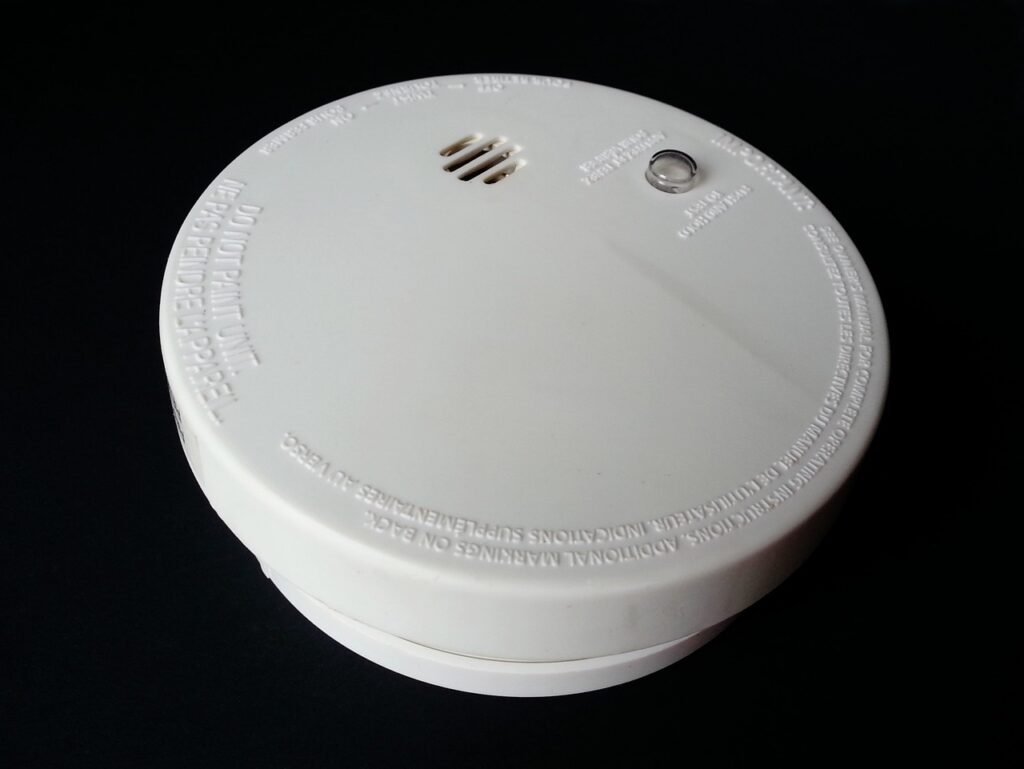
9. Furniture and Furnishings: Meet Fire Safety Standards
If you provide any furniture or furnishings with your rental property, they must comply with the Furniture and Furnishings (Fire Safety) Regulations 1988. This means that all upholstered items, such as sofas, chairs, and mattresses, must be fire-resistant and carry the appropriate labels.
Non-compliant furniture can pose a serious fire risk and may result in fines or even imprisonment for landlords who fail to meet these standards. Regularly check your furnished items for compliance, and replace any that don’t meet the requirements.
10. Legionella Risk Assessment: Safeguard Your Tenant’s Health
Legionella is a type of bacteria that can grow in water systems and cause Legionnaires’ disease, a potentially fatal form of pneumonia. As a landlord, you have a legal responsibility to assess and control the risk of Legionella exposure in your rental property.
This involves conducting a Legionella risk assessment, which identifies potential hazards and recommends control measures. Common control measures include:
- Regularly flushing out infrequently used outlets
- Ensuring water is stored and distributed at the correct temperatures
- Cleaning and disinfecting the water system if necessary
You can conduct the risk assessment yourself if you’re competent, or hire a professional assessor. Keep records of the assessment and any control measures implemented. For more guidance, refer to the Health and Safety Executive’s Legionella and Landlords’ Responsibilities guide.
11. Inventory and Schedule of Condition: Document the Property’s State
An accurate inventory and schedule of condition is essential for protecting both your and your tenant’s interests. This comprehensive document details the condition of the property and its contents at the start of the tenancy, providing a baseline for comparison when the tenant moves out.
A thorough inventory should include:
- A room-by-room description of the property’s condition, including walls, floors, ceilings, and fixtures
- A list of all provided furniture and appliances, along with their condition
- Meter readings for gas, electricity, and water
- Dated photographs to support the written descriptions
Consider hiring a professional inventory clerk to ensure an objective and detailed report. Provide your tenant with a copy of the inventory and ask them to sign and return it, noting any discrepancies. Keep this signed copy safe, as it can help resolve disputes at the end of the tenancy.
12. Rent Collection: Establish a Reliable System
Setting up an efficient rent collection system is crucial for maintaining a steady cash flow and avoiding arrears. Popular methods include:
- Standing order: The tenant instructs their bank to pay a fixed amount to you on a set date each month.
- Direct debit: You initiate the payment collection from the tenant’s account, giving you more control over the payment schedule.
- Online payment platforms: Services like PayPal or TransferWise allow tenants to pay rent electronically, often with lower fees than traditional bank transfers.
Choose the method that works best for you and your tenant, and make sure to provide clear instructions on how and when to pay. Consider using a rent collection service or property management software to automate the process and send reminders.
13. Utility Notifications: Transfer Responsibility
Before your tenant moves in, you’ll need to notify the utility companies and local authority of the change in occupancy. This typically involves:
- Contacting the electricity, gas, and water suppliers to provide meter readings and your tenant’s details
- Informing the local council of the new tenant for Council Tax purposes
Make sure to give your tenant the necessary information to set up their own accounts, such as supplier contact details and meter reference numbers. It’s also a good idea to take your own meter readings on the move-in day, in case of any discrepancies.
14. Insurance: Safeguard Your Property and Income
As a landlord, it’s essential to have the right insurance coverage to protect your investment. Key types of insurance to consider include:
- Landlord buildings insurance: Covers the structure of the property against risks like fire, flood, and subsidence.
- Landlord contents insurance: Protects any furniture, appliances, or other items you provide with the property.
- Rent guarantee insurance: Covers lost rent if your tenant defaults on payments or you need to evict them.
- Landlord liability insurance: Provides protection if a tenant or visitor is injured on your property and claims compensation.
15. Keys and Security: Ensure Safe Access
Before your tenant moves in, prepare a full set of keys for them, including:
- Front and back door keys
- Window locks and keys
- Any outbuilding or garage keys
- Mailbox keys
Consider changing the locks between tenancies to ensure the security of your property and your new tenant’s belongings. Keep a spare set of keys for yourself in case of emergencies or if you need to access the property for repairs or inspections.

16. Welcome Pack: Help Your Tenant Settle In
A thoughtful welcome pack can help your tenant feel at home and start the tenancy on a positive note. Your welcome pack might include:
- A welcome letter with your contact details and any important information about the property
- Copies of the tenancy agreement, gas safety certificate, EPC, and other relevant documents
- Instructions for operating appliances and heating systems
- Details of bin collection days, local amenities, and emergency contacts
- A small gift, such as a houseplant or local produce, to show your appreciation
By anticipating your tenant’s needs and providing them with helpful information upfront, you can demonstrate your commitment to being a responsible and attentive landlord.
17. Property Maintenance: Keep Your Investment in Top Shape
Maintaining your rental property is an ongoing responsibility that’s critical for both your tenant’s comfort and your investment’s long-term value. Key maintenance tasks include:
- Conducting regular inspections to identify any issues or repair needs
- Responding promptly to tenant maintenance requests
- Carrying out necessary repairs and replacements in a timely manner
- Ensuring the property remains safe, secure, and compliant with legal standards
Consider using a property management software to track maintenance tasks, schedule inspections, and communicate with contractors. By staying on top of maintenance, you can prevent small issues from escalating into costly problems and maintain a positive relationship with your tenant.
18. Communication: Foster a Positive Landlord-Tenant Relationship
Clear, consistent communication is the foundation of a successful tenancy. From the start, make sure your tenant has your up-to-date contact information, including:
- Phone number
- Email address
- Postal address
- Preferred method and times of contact
Set expectations for communication, such as your typical response time and the best way for your tenant to reach you in an emergency. Consider setting up regular check-ins or newsletters to keep your tenant informed about any changes or updates to the property.
19. Legal Compliance: Navigate the Regulatory Landscape
The UK private rental sector is governed by a complex web of laws and regulations, which are subject to frequent change. As a landlord, it’s your responsibility to stay informed and ensure your properties and practices remain compliant. Key areas to monitor include:
- Health and safety regulations, such as gas and electrical safety standards
- Tenancy deposit protection rules and prescribed information requirements
- Eviction procedures and notice periods
- Taxation and record-keeping obligations
Regularly review the latest guidance from authoritative sources, such as the government’s landlord responsibilities portal . Consider joining a landlord association or subscribing to industry publications to stay informed of any changes that may affect you.
20. Continuous Improvement: Grow Your Landlording Skills
Successful landlords are always learning and adapting to the changing needs of their tenants and the market. To stay competitive and provide the best possible service, invest in your own professional development. This might involve:
- Attending landlord training courses and workshops
- Networking with other landlords to share experiences and best practices
- Reading industry blogs, books, and publications
- Exploring new technologies and tools to streamline your processes
By continuously improving your knowledge and skills, you’ll be better equipped to navigate the challenges of being a landlord and build a thriving rental business.
Key Takeaways
- Conduct comprehensive tenant referencing to minimize risk
- Comply with legal obligations, such as Right to Rent checks, deposit protection, and safety regulations
- Provide a clear, legally compliant tenancy agreement and essential documents
- Maintain the property to a high standard, with regular inspections and prompt repairs
- Foster open, responsive communication with your tenant
- Stay informed of changes to landlord laws and regulations
- Continuously invest in your own professional development
By following this ultimate start of tenancy checklist and using property management toolsyou’ll be well-prepared to launch a successful tenancy and build a rewarding, compliant landlording career in the UK.
